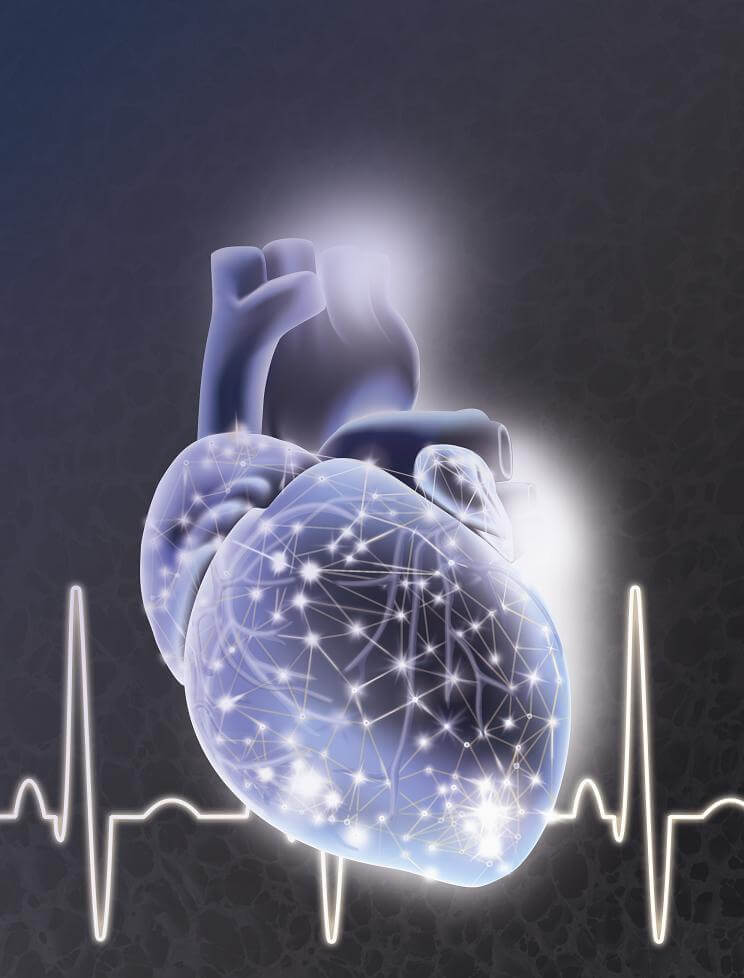The development was presented at the Israel-France nanotechnology conference of the Ministry of Science and Technology

Heart attack is the number one cause of death in the western world. According to studies, 50% of people who have had a heart attack will die within five years of the first attack, while the others will become very weak. The currently accepted solution to the problem is a heart transplant, but it is problematic since there is a shortage of hearts for transplantation. Now, new research has managed to engineer in the lab a pulsating tissue containing nanometer-sized gold fibers that can be implanted on the damaged area of the heart. The research was presented at the first French-Israeli conference on nanotechnology organized by the Ministry of Science and Technology.
By combining the methods of nanotechnology and tissue engineering, the researchers led by Dr. Tal Dvir from Tel Aviv University and the Massachusetts Institute of Technology (MIT) developed beating heart muscle tissue from cells that they seeded on biomaterials. But since the biomaterials are not conductive and the cells did not pulse at the same time, the researchers found an original solution - they created nanometer-sized fibers (about a millionth of a millimeter, less than the width of a human hair that cannot be seen with the naked eye) of gold, known as a conductive material. The researchers were surprised to see that the cells they had grown for the purpose of creating the tissue, beat better and at the same time as soon as the gold fibers were added to them. The result is a pulsating tissue that can be implanted in the damaged heart and allows it to function better.
The discovery was published this month in the prestigious journal Nature Nanotechnology. The researchers note that it is possible that the gold fibers they developed could also be used to improve the function of other engineered tissues. Moreover, in Dr. Dvir's laboratory at Tel Aviv University, they are currently working on engineering brain tissue from nerve cells and biomaterials containing gold fibers.
"The research showed that with nanotechnological tools it is possible to engineer more functional tissues" says Dr. Dvir. "In this case, the gold fibers provided the solution to the problem of coordinating the simultaneous beating of the cells, improved the conductivity of the tissue and in fact enabled the use of the engineered tissue for transplant purposes in people who had a heart attack."
The study and other studies by about 25 researchers from Israel and France were presented yesterday, November 21, 2011, at the first Israeli-French conference on nanotechnology organized by the Ministry of Science and Technology.

3 תגובות
N.S. At the moment the dangerous substance in the bulb is mercury, the amount of substance in the bulb is minimal, it is dangerous if you swallow the fragments, after cleaning and collecting the fragments, wash your hands well and you are out of the danger zone.
Important and urgent question!!!!
Today I received an email that gave a stern warning about the energy saving bulbs. It is said there that if such a bulb breaks, you must leave the room immediately and not return for at least fifteen minutes to the room where the fragments are.
Unfortunately this is what happened to me about a week ago. A new lamp like this broke, and I took the pieces with my hands to the garbage can and I swept the small parts with a brush and into the garbage can.
I would like to be told whether I have indeed suffered real health damage, and whether I should go to the doctor as soon as possible.
Thank you for an answer on this.